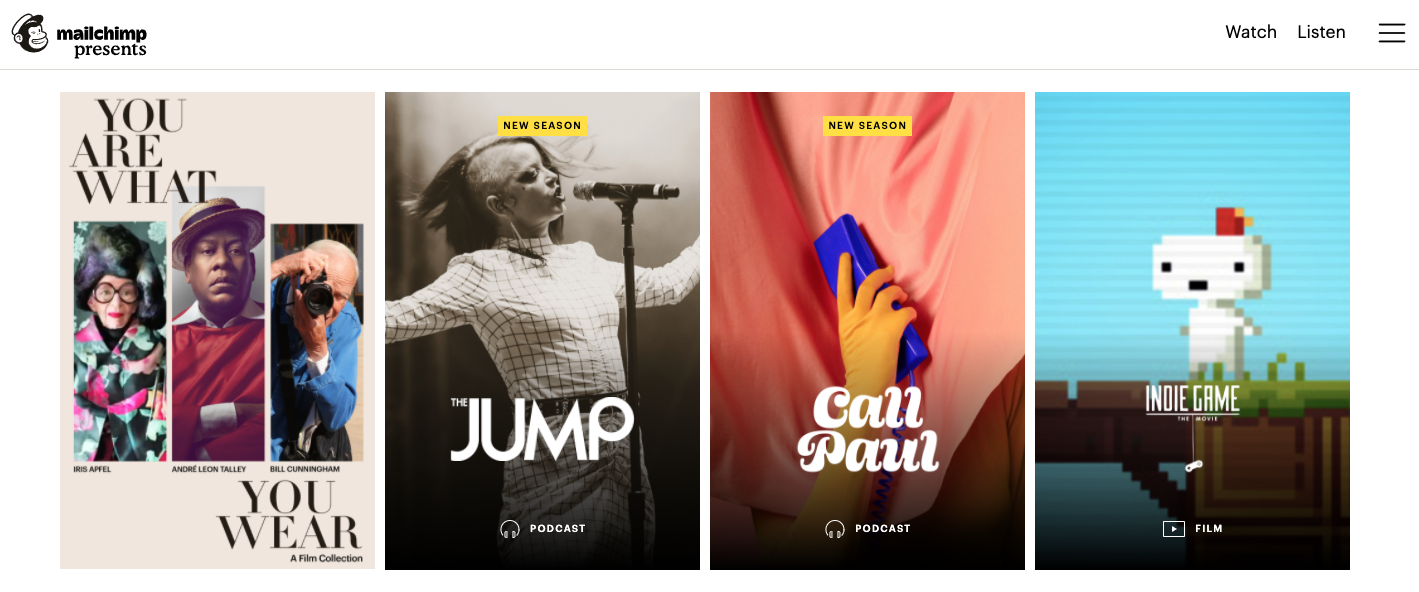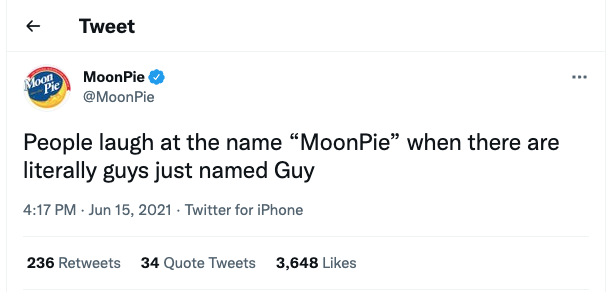
I’ve worked in content marketing and social media for over a decade. I’ve designed infographics, produced and edited videos, presented webinars, and written thousands of blog posts, articles, and scripts for small businesses like yours. I’ve also run dozens of social accounts and campaigns, building and communicating with audiences ranging from dozens to hundreds of thousands of fans and followers.
I can tell you firsthand that it’s a lot of work. Content such as articles and videos take time and energy to create. Success on social media demands an exceptional amount of patience, consistency, and grit. And the work is never over—from researching blog posts to stitching together footage to setting up ads, there’s always more to do.
But I love my job, for two reasons:
1. Content and social media are essential forms
of expression. Maybe you’ve heard the phrase “content is king.” That’s true—content marketing is the best way to reach your audience and get them interested in your business, and social media is a crucial tool for distributing that content and staying in touch with your audience.
And it goes deeper than that. There’s a reason social media sites encourage you to “join the conversation”—there are thoughtful and compelling conversations happening online all the time. The content you publish on your website and social media profiles can uplift, surprise, and inspire. You can make people laugh and cry. You can educate and empower your audience (and yourself). It’s not so different from writing a book, or painting, or giving a lecture, or playing music.
2. Content and social media make businesses human. You are so much more than your products and/or services, and those offerings are more than things people can buy. You have a passion, a story to tell, values to champion, an aspiration to make the world a better place.
Digital marketing gives you an avenue to share what matters most to you—to lead with your personality, sense of humor, and unique perspective. It’s a wellspring of human connections, a key to creating meaningful relationships with new and existing customers online.
What does great digital marketing look like?
Here are a few of my favorite examples of businesses using content and social media to truly connect with their audiences:
IBM publishes informative, in-depth articles featuring the latest technology insights and thought leadership in dozens of categories.
Mailchimp uses its online platform to showcase stories around the world through films, podcasts, and more.
MoonPie has revitalized its brand by being legitimately funny on Twitter.
These are just three examples among many. The beauty of content marketing and social media is that there’s a virtually endless supply of words, images, and sounds—much of it available for free on the internet—to enjoy and draw inspiration from. It can be engaging, enriching, thought-provoking, heart-wrenching, hilarious, or multiple things at once. And it’s produced by people of all kinds and all experience levels.
It really is a global conversation. Any person or organization can join the conversation at any time to tell a story and capture someone’s—or even the world’s—attention and imagination.
4 content and social media marketing tips
You can use digital content and social media to get your brand and story out there, too, and you don’t need a massive budget or a full-time team of dedicated marketing professionals.
Here are a few tips for #JoiningTheConversation in a smart and authentic—and cost-effective—way:
1. Be bold.
I’ll let you in on a digital marketing secret: there are no rules for any of this stuff. Sure, some strategies work better than others, but the most successful businesses online are the ones who innovate, experiment, and stand out with their content and social media. Take a stance. Be weird. Be funny. Be yourself.
Just don’t be boring. So, so many businesses are boring online, and see little to no engagement (likes, comments, shares, etc.) from their audiences as a result.
Nine times out of ten, this happens because business owners just don’t know what to do. They aren’t sure what their customers or prospects want or expect from them on these channels, and that can be wildly intimidating. The good news is, business owners have room to play, to test, to figure out works best for themselves, their audience, and ultimately, their business.
Rather than ruminating on what could go wrong, shift your attention toward what’s exciting about content and social media. Create what you love and focus on the people who connect to it. The internet is a dynamic, living place. If worst comes to worst, you can always edit or delete something, apologize, and grow from the experience. But, again, you’ll never get anywhere unless you dare to get attention.
2. Be honest—with your audience and yourself.
One of the greatest things about digital marketing is the opportunity to give people a behind-the-scenes look at your business. Your customers want to meet you and your team; they want to know your story.
Your content and social media exchanges should deliver on this promise. Why not record a video of a day in the office, or share a work playlist on Twitter, or write an article about one of the biggest challenges your business has faced? These kinds of moves take relatively little planning and effort—they just need to come from a genuine place. And you don’t need expensive equipment or a creative arts degree. In fact, a certain lack of polish makes what you put out there personal and charming.
That said, it’s important to be aware of your limits. Only take on as much content creation and social media management as you feel you can handle. Maybe you don’t need to update your blog every day or every week, and maybe you don’t need to respond to every direct message you receive within 15 minutes. And if you don’t feel comfortable doing all this yourself, find a member of your team or an outside collaborator you can trust to take the lead.
3. Find your niche and your groove.
As Vlad Shvets of Paperform writes elsewhere on our blog, you don’t need to be active on every single social media platform. Some businesses connect with their audiences most effectively through Facebook, while others do better on LinkedIn. Some people enjoy posting photos to Instagram while others prefer bantering on Twitter. Some companies dedicate all their time and energy to their blogs while others thrive entirely on YouTube, posting how-tos, reaction videos, and live Q&As. Find the platform or mix of platforms that you like using and where your audience is most active.
Once you’ve identified your channel or channels, make a habit of posting new content regularly. There’s no single formula for the right cadence of updates or the length of each article, video, podcast episode, and so forth. You’ll learn it through experience and interactions with your audience. Be sure to look at your content metrics—page views, downloads, etc.—often and tweak your approach as needed.
No matter what, stick with it. Digital marketing is a marathon, not a sprint. You probably won’t see results immediately, but with a consistent publishing schedule, an active social media presence, and high-quality content, you’ll experience a pattern of sustained growth before long.
4. Remember: it's a conversation.
Everything you post online shares one basic purpose—it should serve your audience. Use your digital marketing as a means to inform, entertain, and help people. It doesn’t have to be incredibly slick, fancy, or complex as long as it’s useful.
To know what’s useful to your audience, pay attention to them. Read and respond to any comments they leave. Incorporate their ideas and feedback into future content. Thank them for checking out and sharing what you create.
I should mention that content and social media aren’t the only forms of communication with your audience in the digital space. There’s an even more direct and immediate way to reach out to and start serving people within seconds of them visiting your website. It’s called live chat.
And that’s all for now. I hope I’ve left you with some motivation and ideas for using digital marketing to create connections with the people you serve.
The next step is, well, to do it. Get inspired, get creative, and get out there!
For more digital marketing tips and secrets to standing out online, check out our guide: The new front door to your business.






